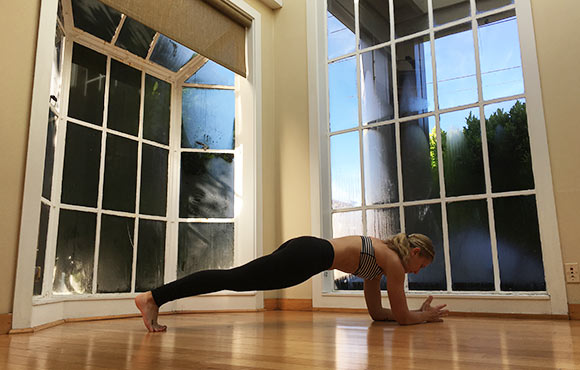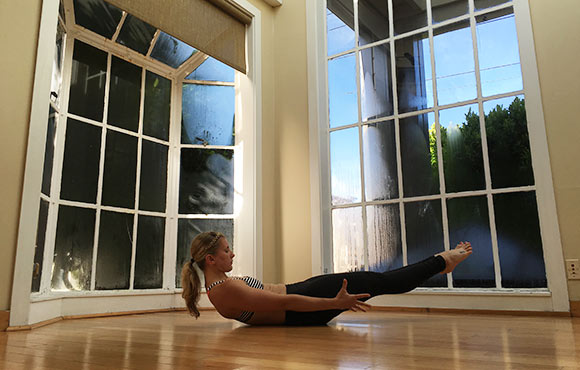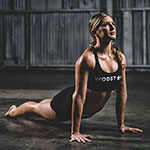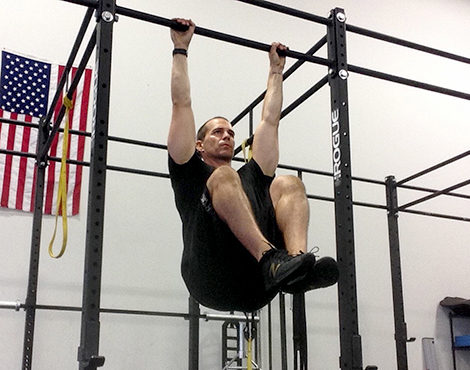There are six different muscle groups that define the core container:
- Rectus Abdominus: The ever-elusive washboard abs are formally known as the rectus abdominus. This is the most superficial of the core muscles, meaning they are muscles you can feel through the skin and are the easiest to train.
- Transverse Abdominus: We each begin our training with our own version of a champion weight belt. The transverse abdominus is a thick layer of muscle that wraps around our torso from front to back and provides our spine with the stability it needs during functional movements like squatting, running and lifting.
- External/Internal Obliques: These two muscles differ slightly in function but not in location. The external oblique lies on top of the internal oblique, and together they fold and twist the torso during various movements.
- Quadratus Lumborum: Did you know you have abdominals in your back? The quadratus lumborum is the deep-set muscle of the lower back and connects the torso and the pelvis.
- Diaphragm: This muscle, which regulates the pressure in the thoracic cavity, pulls and pushes air in and out of the lungs. It is located at the bottom of the rib cage and is like the lid of the core container. The diaphragm contributes to overall core stability.
- Pelvic Floor: Just as we need a lid for the core container, we also need a floor. The bottom of the core container is the pelvic floor. When we place a load on the spine, causing stress, the pelvic floor will lift to provide support.
There are a lot of ways to strengthen core muscles beyond crunches and squats, and yoga is definitely one of them. Each of the below movements and holds builds core strength that goes beyond the ability to do 1,000 crunches. These poses will activate your core container and target each muscle group to increase strength.
Forearm Plank
1 of 7
Lie on your stomach and come up to your forearms. Your elbows should be under your shoulders. Squeeze your body tight as you press through your forearms. Hold this position for as long as you can.
Side Plank Knee Raises
2 of 7
Place your left palm on the ground and lift up into side plank. Press through your left palm and lift your left hip. If you feel stable, draw your right knee to your right elbow. Extend your right leg back to side plank, then repeat.
Tiger Pose
3 of 7
Start in the downward facing dog position with your hands shoulder-distance apart and your feet hip-distance apart. Lift your right leg up and draw your right knee to your nose as you bring your shoulders over the wrists. Press through your palms, round your upper back and lift your thigh to your chest.
Pendant Pose Variation
4 of 7
Use two blocks (you can try books, too, if you don't have blocks) to give a little height with this pose. Then, place your hands on the blocks beneath your shoulders, and try to hold your lower body steady, directly below you, as seen in the picture.
Low Boat Pose
5 of 7
Start on your back with your legs extended out in front. Squeeze your body tight and lift your legs as you draw your belly button down toward the ground. Extend your arms toward your toes.
Locust Variation
6 of 7
Start on your belly. Squeeze your legs together and lift them off the ground. Lift your chest up as you reach your arms forward.
About the Author

Get ACTIVE on the Go


Couch to 5K®
The best way to get new runners off the couch and across the finish line of their first 5K.
Available for iOS | Android






Discuss This Article